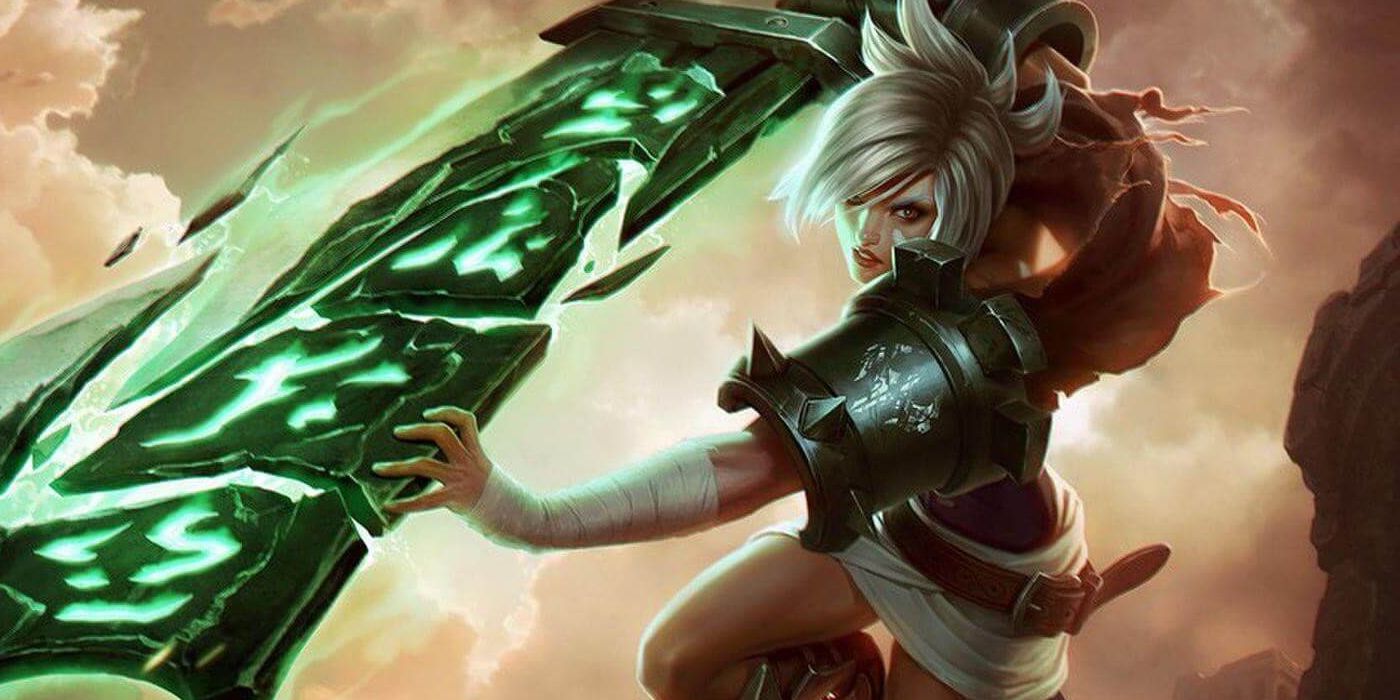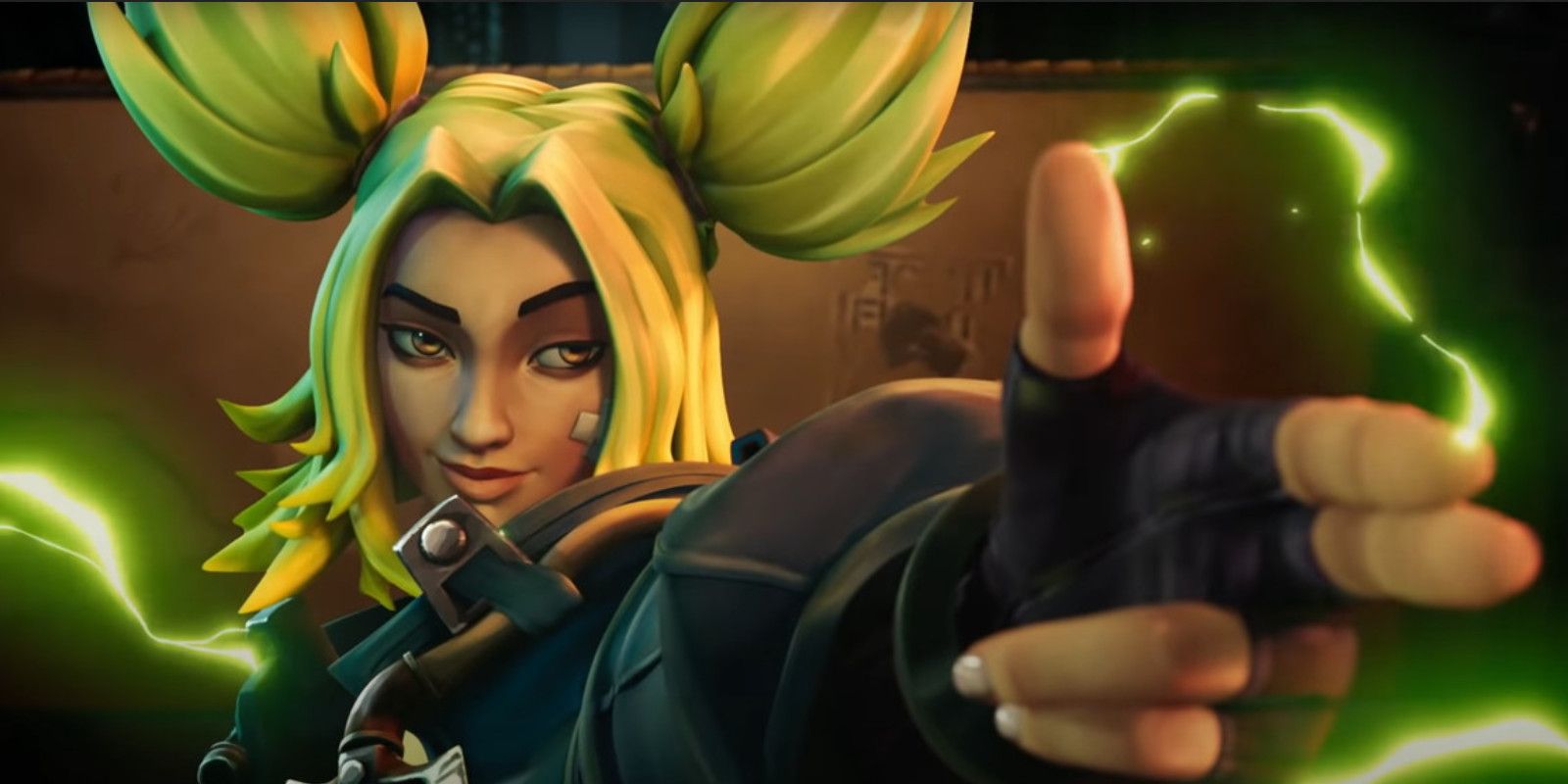As League of Legends continues in popularity, its roster has received multiple changes in the form of new champions as well as reworks to older characters, but the latter has proven more difficult than the former. The game has 159 champions and is in its 12th season of play. In order to keep things fresh, Riot either adds more champions or updates the existing champions in the form of reworks. Reworks usually include gameplay changes to a champion's kit and changes to their animations to make them feel fresh. Yet, even with all those champions in the game, Riot prefers to add champions instead of reworking older ones.
Reworking all the older champions in League of Legends can prove problematic. Reworks usually encompass three facets: visual update, art and sustainability, and gameplay. Sometimes, champions only receive one or two of these changes instead of all three at the same time. Recently, Riot did a mini-rework for League of Legends jungler Rengar where the only change he received was to his gameplay. Reworks that include all three have the added side effect of gutting the previous playstyle of a champion.
Because of the difficulty in navigating them, reworks are infrequent. To avoid deleting a champion reworks are often reserved for champions who win the yearly poll or have a dwindling pick rate. While this year's League of Legends roadmap showcased Udyr as the next rework, the last major rework came in June of 2021 with top-laner Dr. Mundo. Four champions were released after Dr. Mundo was reworked and a fifth was released only two months before him. The disparity between champion releases in League of Legends and reworks stems from Riot's focus on doing one rework while releasing around four to five champions a year. Champions each possess a unique chance to garner more players for the game. Those who don't play League of Legends most likely wouldn't venture unless the rework was incredibly interesting.
New League Of Legends Champions Are More Popular Than Reworks
The other reason reworks are scarce stems from the popularity of new content. Reworks have to change every existing skin for the champion to match the new gameplay elements and new animations. It takes a lot of time to do something like that while new champions usually release with one skin and their normal set of animations. Additionally, events like the League of Legends Anima Squad event can sell skins for existing champions, but there aren't special events catered toward newly reworked champions. A champion planned for a rework would probably miss out on an event so the developers wouldn't spend time making a new skin only to have to redo it within the next year.
Lastly, new champions inject the game with a surge of intrigue. They tend to have interesting kits designed to showcase something different to attract players. League of Legends' most recent champion Renata Glac was released on Feb. 17 and she too has a special kit. While Renata Glasc's release was contentious mostly because of the revive on her W-key ability, she enjoyed a lot of popularity for her chem tech theme thanks to the success of the League of Legends show, Arcane, on Netflix. Renata Glasc now sits at a 5.42% pick rate which places her at number 63 out of 159 in terms of play rate, according to Op.gg. While she's less popular than her predecessor Zeri, the pair both have dedicated fandoms on Reddit. Champions are easier to make and monetize in League of Legends, so it's no wonder Riot Games continues to create more of them.
Source: Op.gg


